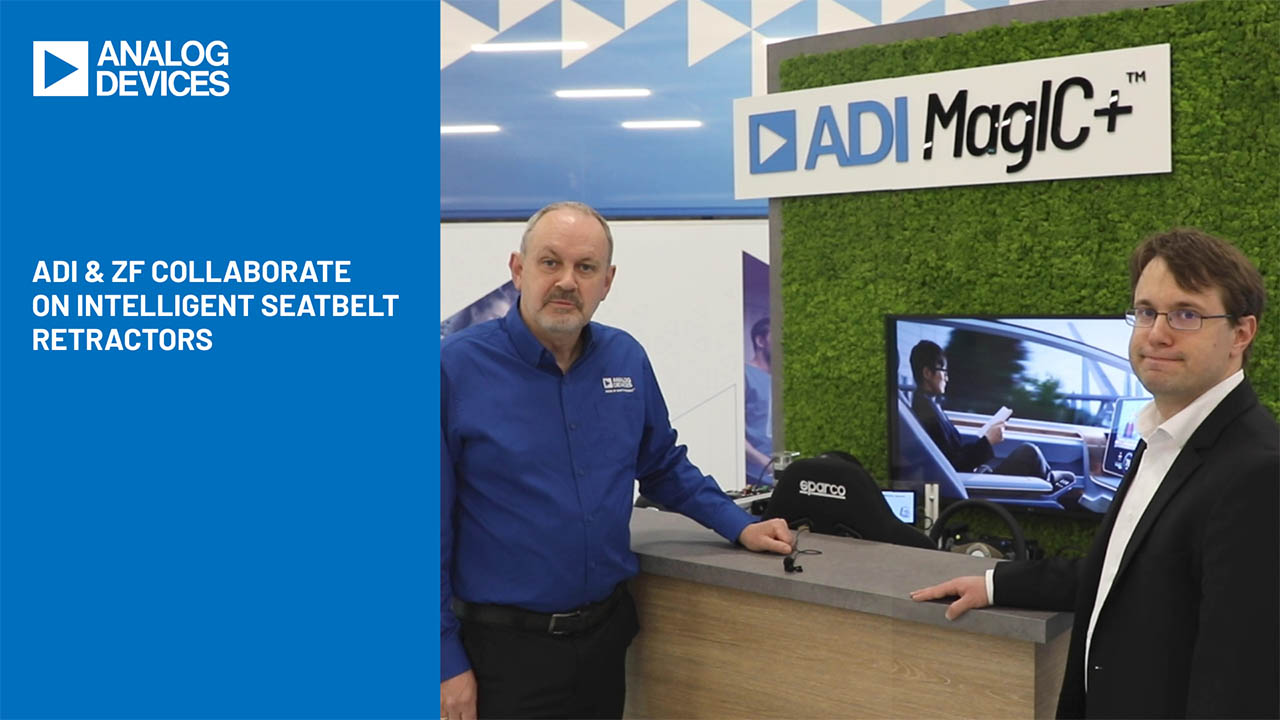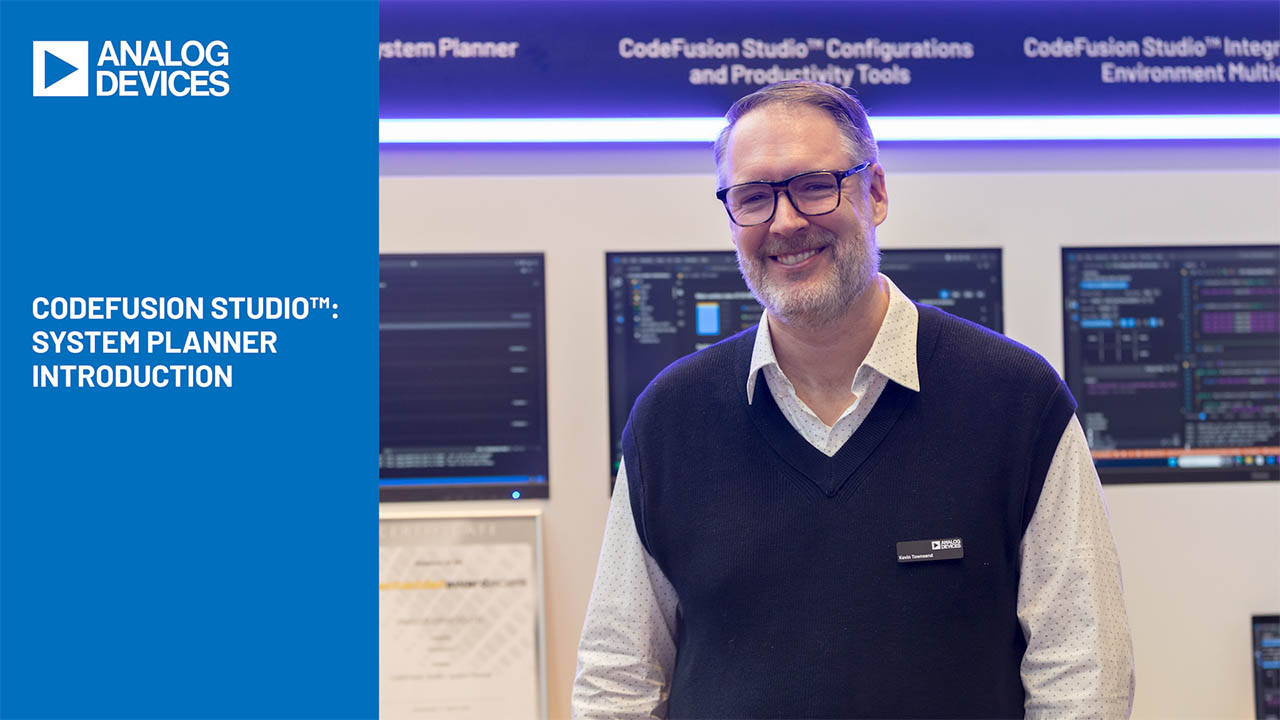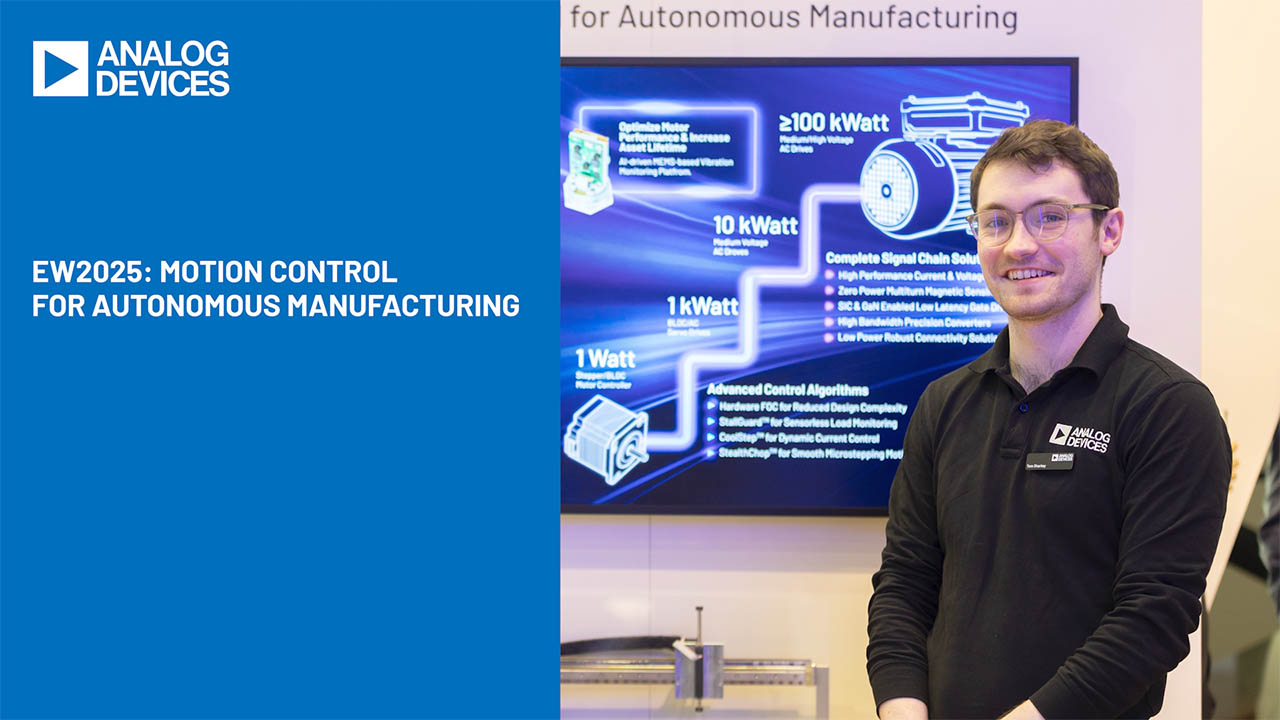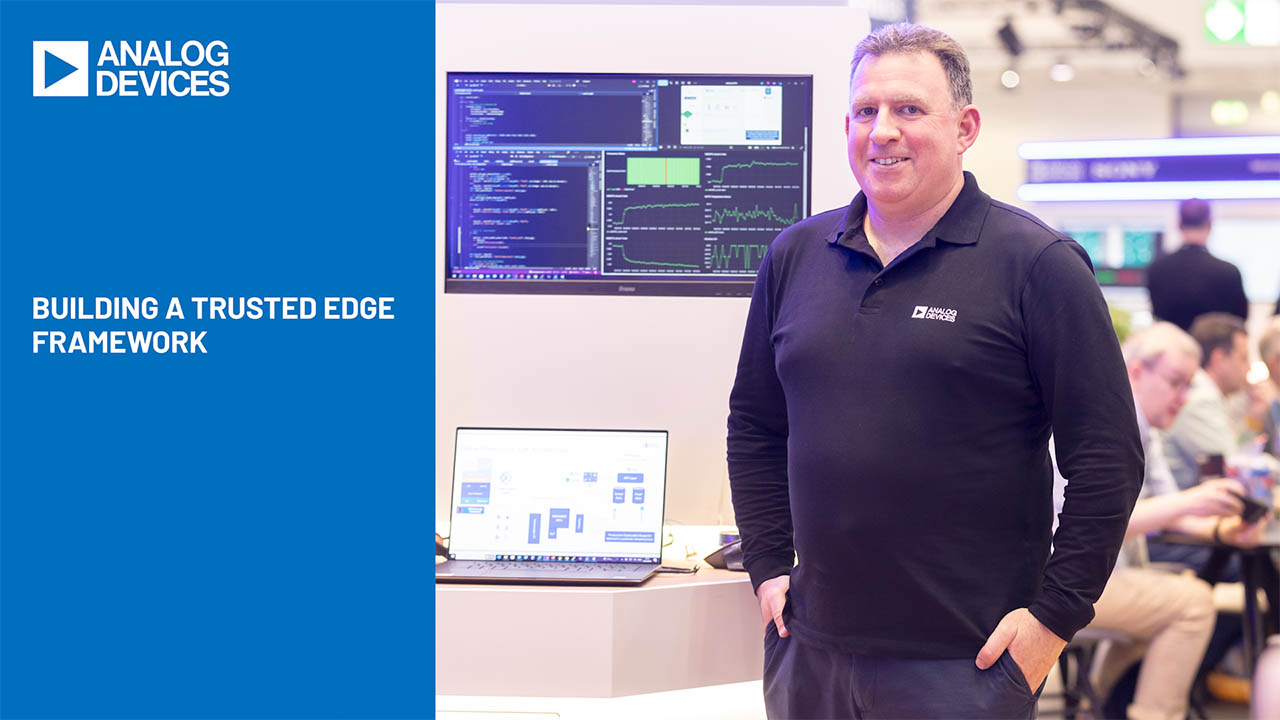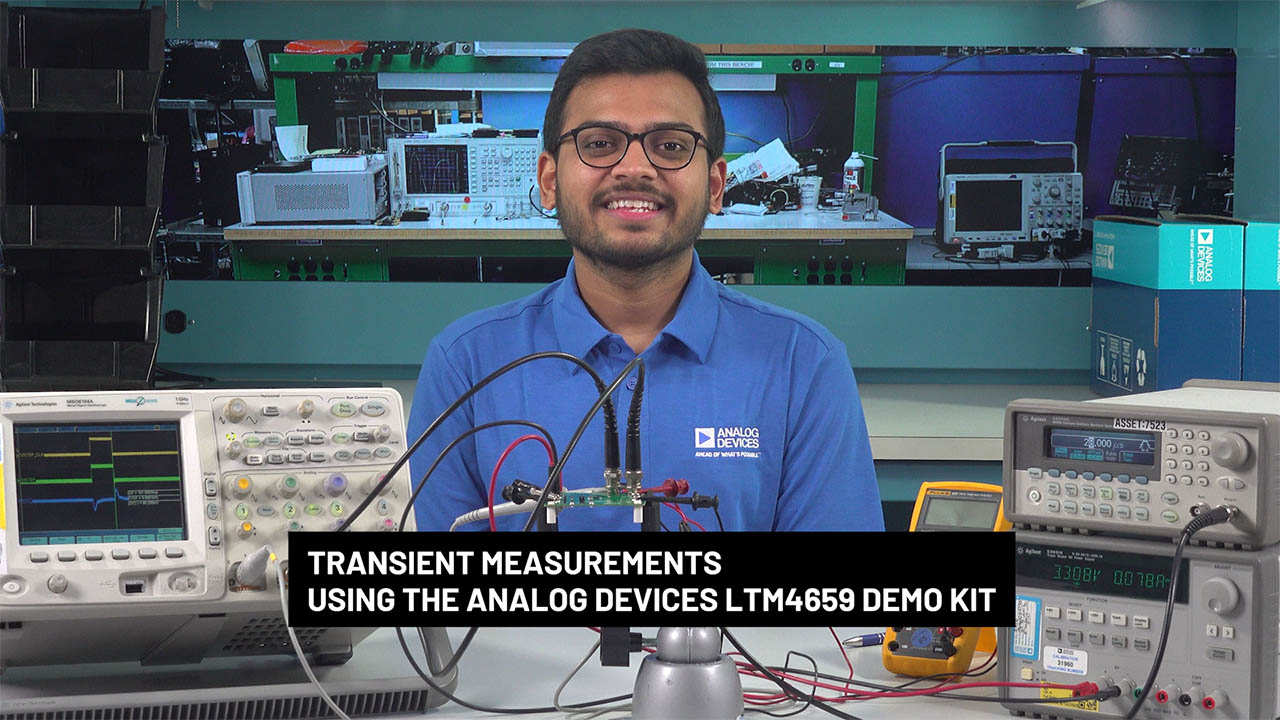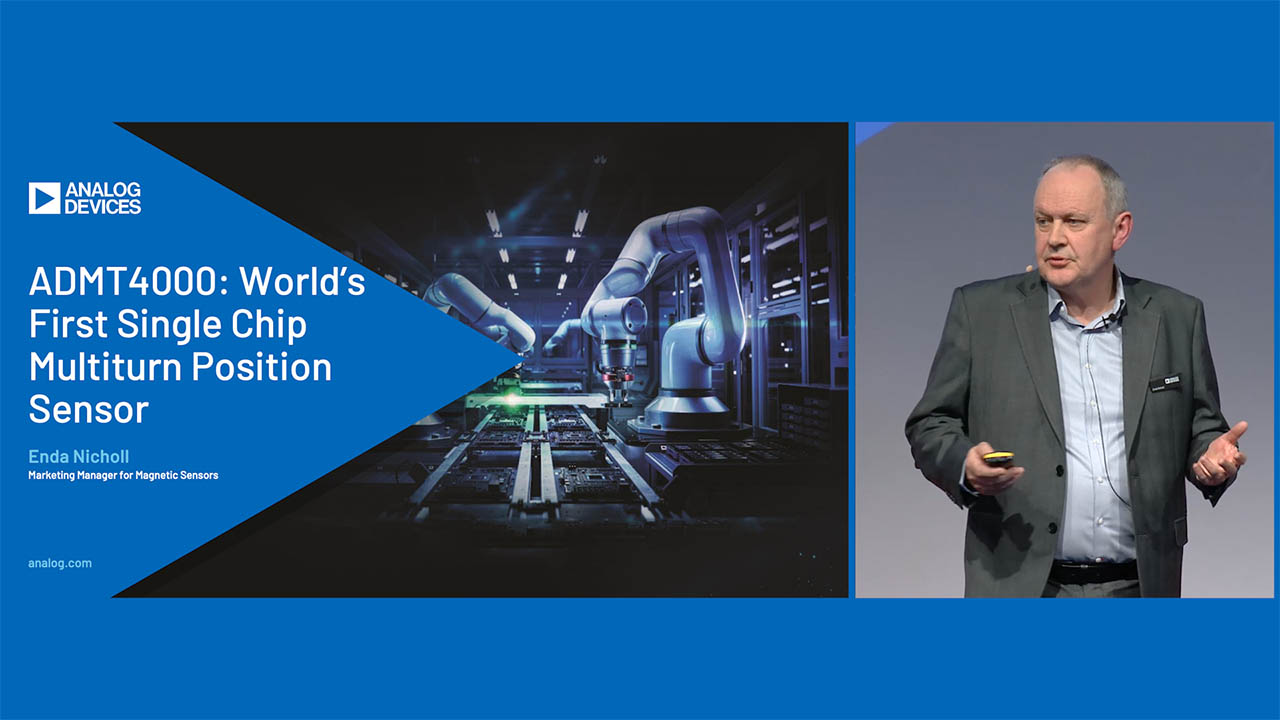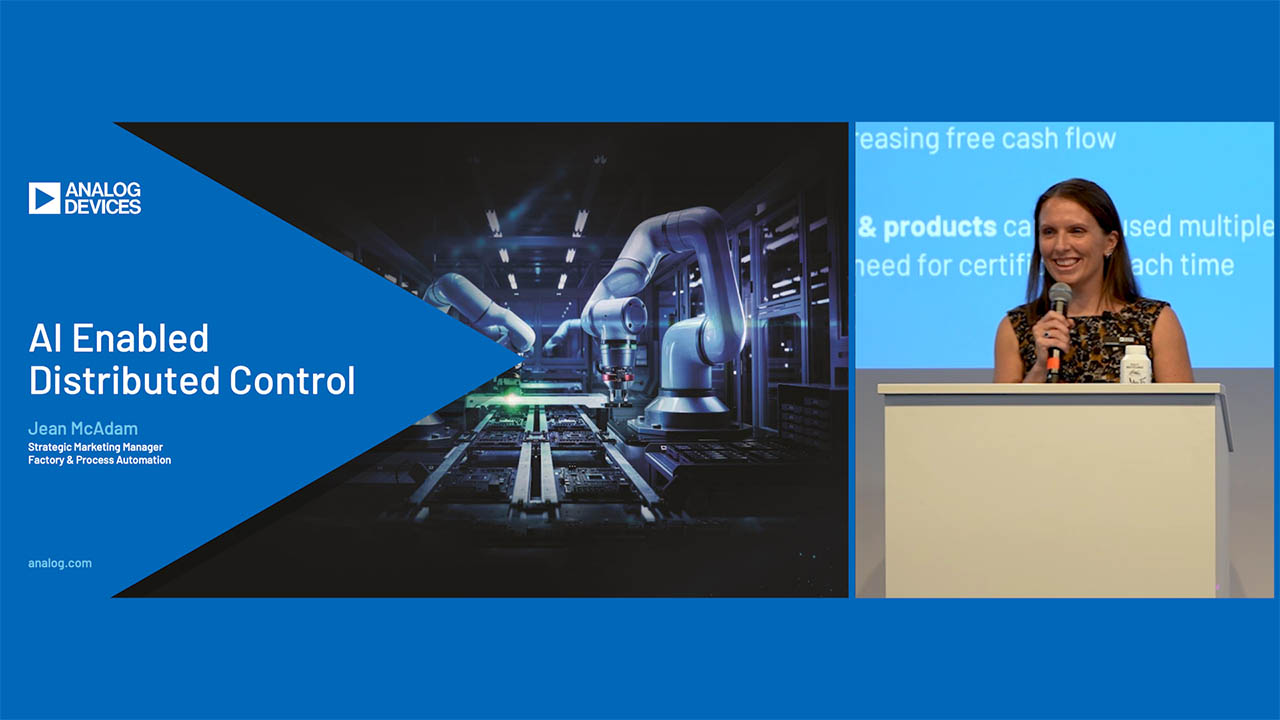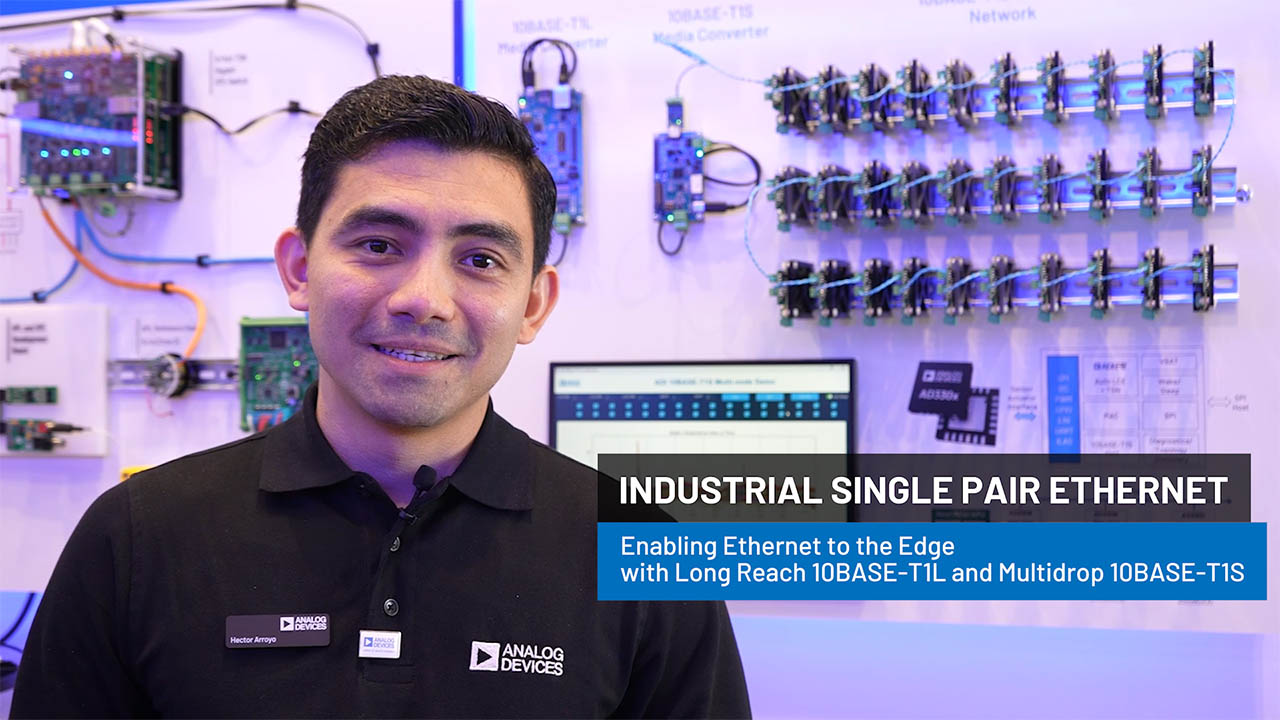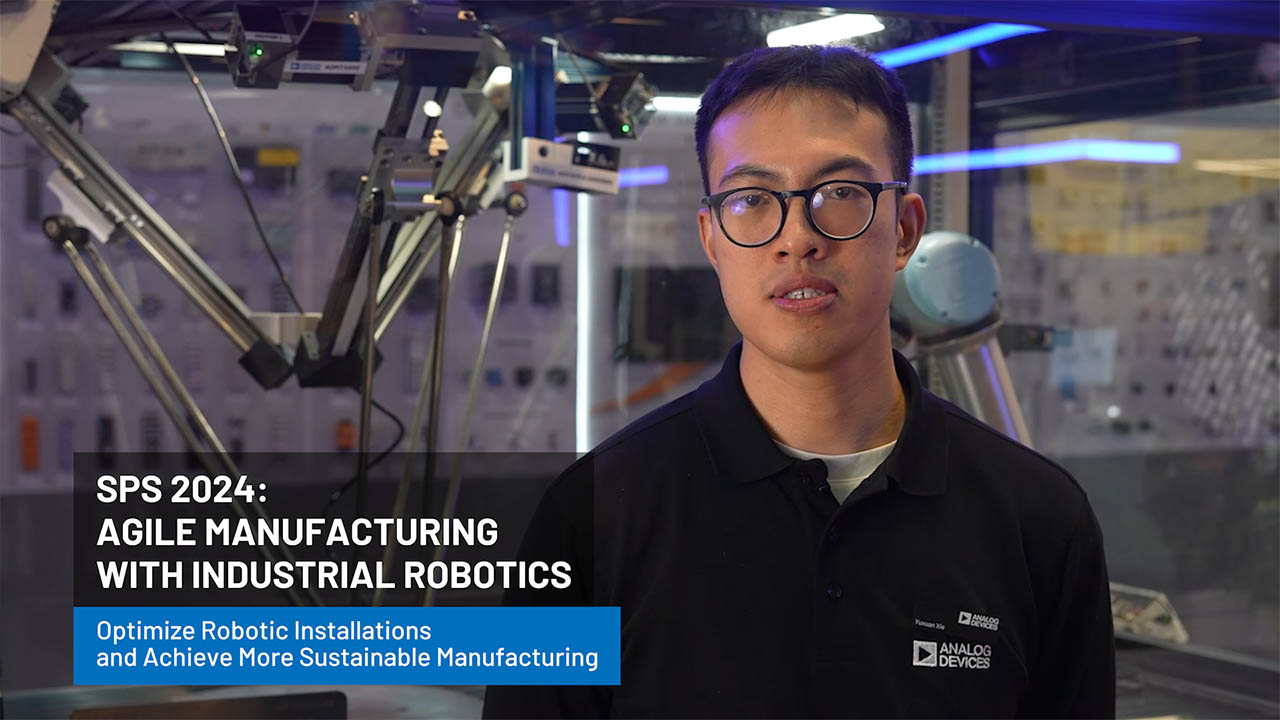Low Noise Single Supply Photodiode Amplifier
Figure 1 shows the LTC6252 applied as a high performance transimpedance amplifier for a photodiode. A low noise JFET acts as a current buffer, with R2 and R3 imposing a low frequency gain of approximately 1. Transimpedance gain is set by feedback resistor R1 to 1MΩ. R4 and R5 set the LTC6252 inputs at 1V below the 3V rail, with the 0.1µF reducing their noise contribution. By feedback this 1V also appears across R2, setting the JFET quiescent current at 1mA completely independent of its pinch-off voltage and IDSS characteristics. It does this by placing the JFET's 1mA VGS at the gate referenced to the source, which is sitting 1V above ground. For this JFET, that will typically be about 500mV, and this voltage is imposed as a reverse voltage on the photodiode PD1. At zero Ipd photocurrent, the output sits at the same voltage and rises as photocurrent increases.

Figure 1. High Performance Transimpedance Amplifier
As mentioned before, R2 and R3 set the JFET gain to 1 at low frequency. This is not the lowest noise configuration for a transistor, as downstream noise sources are referred to the input completely unattenuated. At low frequency, this is not a concern for a transimpedance amplifier because the noise gain is 1 and the output noise is dominated by the 130nV/√Hz of the 1MΩ R1. However, at increasing frequencies the capacitance of the photodiode comes into play and the circuit noise gain rises as the 1MΩ feedback looks back into lower and lower impedance. But the 6.8nF comes to the rescue. In addition to the obvious quenching of noise source R3, the 6.8nF capacitor increases the JFET gain to about 30 at high frequency effectively attenuating the downstream noise contributions of R2 and the op amp input noise. Thus the circuit achieves low input voltage noise at high frequency where it is most needed. A bandwidth of 2MHz was achieved with this circuit. Total supply current was a respectable 4.5mA. Time domain response and output noise are shown in Figures 2 and 3.

Figure 2. Time Domain Response

Figure 3. Output Noise
关于作者
{{modalTitle}}
{{modalDescription}}
{{dropdownTitle}}
- {{defaultSelectedText}} {{#each projectNames}}
- {{name}} {{/each}} {{#if newProjectText}}
-
{{newProjectText}}
{{/if}}
{{newProjectTitle}}
{{projectNameErrorText}}



